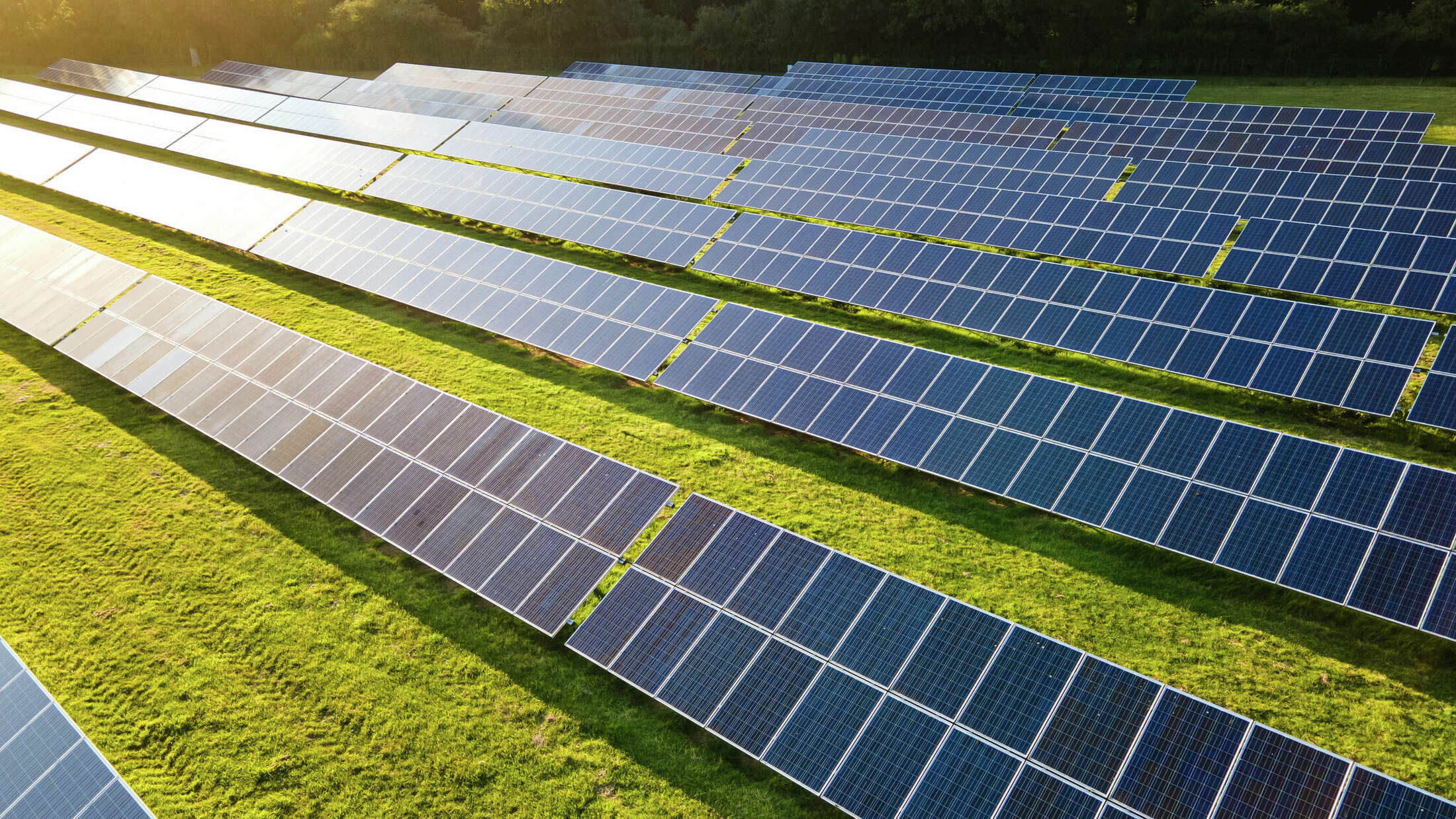On March 1, the Otsego County Board of Representatives stood up for their constituents by voting unanimously to oppose a key provision of Gov. Kathy Hochul’s executive budget. Under Hochul’s proposed change to Real Property Tax Law, local municipalities would lose the right to assess solar and wind projects at full value, in effect forcing local taxpayers to subsidize corporate development in their communities. With artificially low appraisal values, communities would be deprived of important tax revenue needed to sustain public services.
New York state energy policy has run into significant opposition in upstate New York. Although this resistance might be characterized as NIMBY behavior, much of the activism is motivated by the gradual obliteration of communities’ rights to home rule, as defined in Article IX of the state constitution. Communities are increasingly deprived of the means to protect their resources and to share in the benefits of needed development.
New York has been undermining home rule for a long time. Earlier deregulation of the power industry divided up the energy pie between private (inevitably nonlocal, out-of-state or even global) corporations and large state-run agencies (the New York Power Authority). The option of municipal ownership and control over power generation and transmission, previously established by nearly 50 New York communities, has been effectively shut down. Today large corporations, many of them foreign-owned, have moved into the upstate energy business. New York State Electric and Gas, which has long served much of central New York, is now owned by a Spanish company. The developer of a large proposed solar project in nearby Herkimer county is a French corporation.
More recently, to implement its goal of 100 percent clean, carbon-free electricity by 2040, the state in 2020 created the Office of Renewable Energy Siting, which stripped local communities of the right to evaluate and permit large renewable-energy projects (over 25 megawatts). As a result, local governments have been bypassed on the most important energy policy decisions of the day. The right of our communities to manage their own energy needs – perhaps the best long-term solution to the energy problem — has been lost, and it needs to be restored.
Without local control, clean energy needed to fight climate change will be extracted from our communities and exported elsewhere. Otsego County will become an energy colony run by distant government agencies and global corporations. Our resources will be taken without our approval and without compensation. The industrialization of our rural landscape will be a net loss to us. The profits generated will leave the community.
Solar and wind projects may well be necessary, but currently they are not an economic benefit for upstate communities. Quite the opposite: They industrialize large tracts of land and in return offer few jobs and token benefits to residents, who must bear the externalized costs of the environmental impacts on their communities.
If renewable energy is to be exported from upstate counties to other communities, the playing field needs to be leveled. That can only be done on terms acceptable to municipalities. Impacts would have to be mitigated to their satisfaction, and significant financial benefits would have to be retained locally.
Some communities would choose to accept renewable-energy projects in return for the financial benefits, if those benefits were legally guaranteed. Others would choose to forgo energy projects to protect other assets more important to them. In the end, projects would be vetted by a democratic community decision-making process. They would end up located where they are most wanted and needed, and where they would have to share their profits. The question is who decides: corporations and state agencies, or the people? If home rule is restored, the people will decide.
Adrian Kuzminski is a member of Sustainable Otsego, a nonpartisan political action committee in central New York focused on sustainable living, economic independence and home rule.

